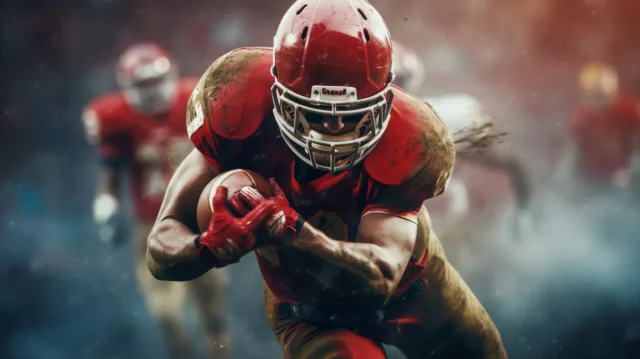Changing the Game: MLB’s Four New Rules to Make Baseball Faster and More Exciting
It’s official, baseball is getting a facelift this year with three major rule changes that will speed up the game and make it much better. The pitch timer, defensive shift limits, and bigger bases are the only three rules proposed by MLB to the Joint Competition Committee. And while we all know how slow baseball can be at times, these changes have been thoughtfully designed to address the concerns of fans and players alike.
Pitch Timer: It’s time to get moving!
For starters, baseball is finally getting a shot clock. The pitch timer will reduce the time between batters and pitches to create a quicker pace of play. And if you’re a pitcher or batter who likes to take your sweet time, you’re in for a surprise. Pitchers must begin their motion to deliver the pitch before the expiration of the pitch timer, and batters must be in the box and alert to the pitcher by the 8-second mark or else be charged with an automatic strike. New pitch timer gives baseball’s slow pokes just 15 seconds to deliver the goods (and 20 seconds with runners on).
Defensive Shift Limits: Let’s keep it traditional
Next up, we’ve got some defensive shift limits. The defensive team must have a minimum of four players on the infield, with at least two infielders completely on either side of second base. This is designed to increase the batting average on balls in play, allowing infielders to showcase their athleticism and restore more traditional outcomes on batted balls. In other words, it’s time to get back to basics and keep things simple.
Pickoff Limit: 3 strikes and you’re balked
Pitchers can no longer be pickoff artists with the new rule that limits them to just two pickoff attempts. If they attempt a third and it’s unsuccessful, they are charged with a balk, and the runners advance. The limitation on pickoff attempts will help speed up the game, as pitchers will have fewer opportunities to stall and delay the game. This new rule should also lead to more steals, as runners will be less cautious about taking a lead off the base.
Bigger Bases: More room, fewer collisions
Last but not least, we’ve got bigger bases. The bases, which traditionally have been 15 inches square, will now be 18 inches square. This change will create a 4 1/2-inch reduction in the distance between first and second base and between second base and third, which encourages more stolen-base attempts. But the primary goal of this change is to give players more room to operate and avoid collisions. And let’s face it, with the amount of time players spend on the IL these days, anything that reduces the risk of injury is a good thing.
These three changes are already being implemented in the minor leagues, and they’ve been thoroughly tested and refined for years. The Joint Competition Committee has done an outstanding job of addressing the concerns of fans and players, and we’re excited to see how these changes will improve the game. It’s time to speed things up, keep it traditional, and reduce the risk of injury. Bring on the 2023 season!
Rockies vs Giants Game Breakdown
July 26, 2024 at 1:05 pm by thefield
Pirates vs Diamondbacks Game Breakdown
July 26, 2024 at 1:04 pm by thefield
Athletics vs Angels Game Breakdown
July 26, 2024 at 1:04 pm by thefield





